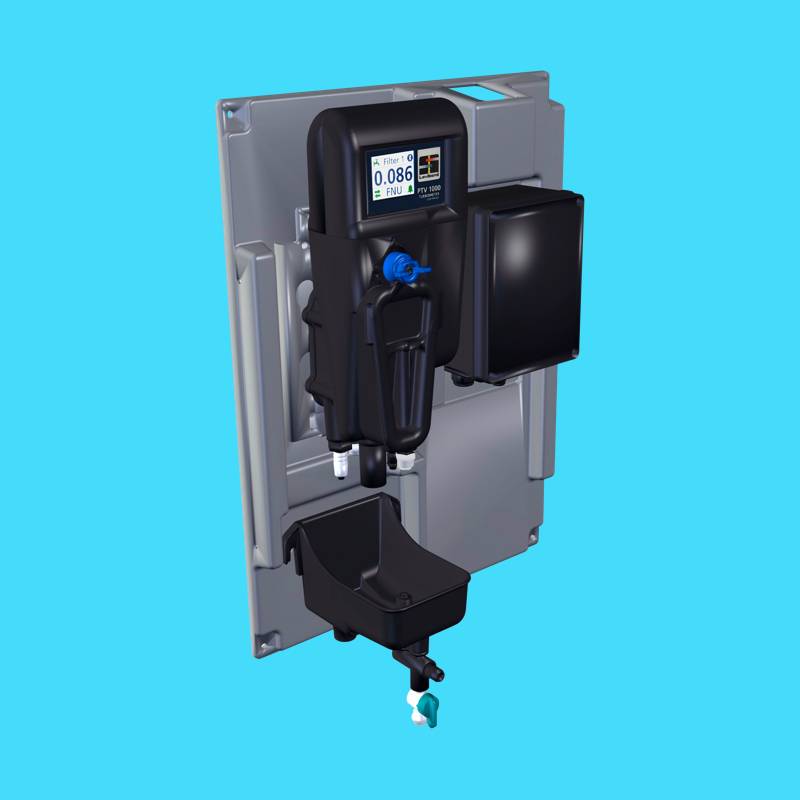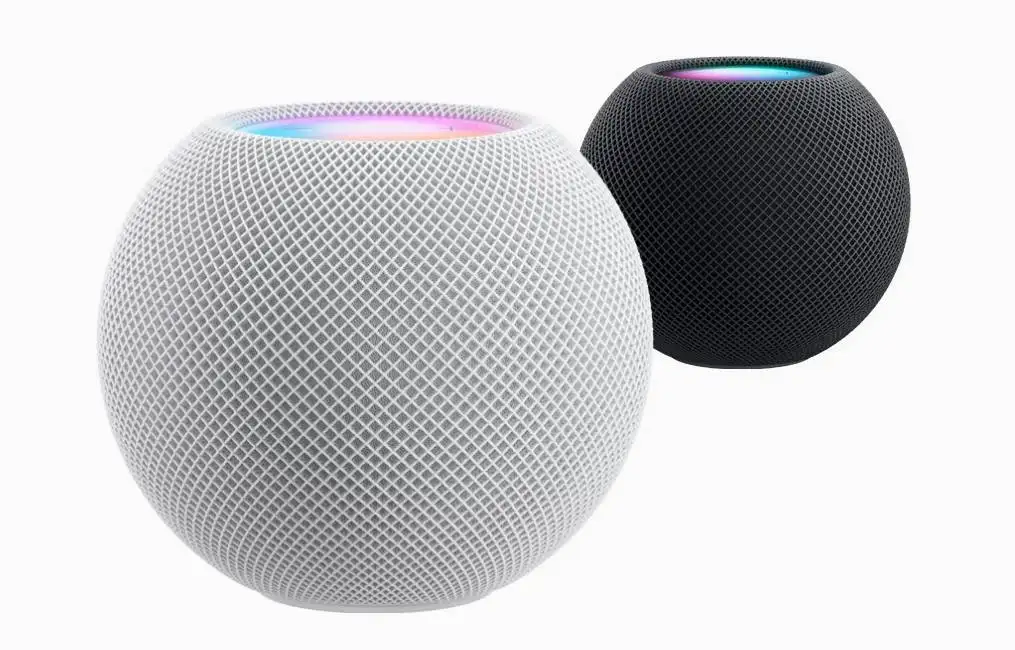Contact us directly
at [email protected]
Established in 1971 PMA is a well-recognised provider of online instrumentation for process control and compliance monitoring. With expertise in analytical techniques such as Photometry, Colorimetry, Ion-selective electrodes (ISEs), Titration, Fluorescence, Ultrasonics and more.
Customer satisfaction rating in compliance with ISO/TS 1004:2012: Quality Management System Guidelines


